
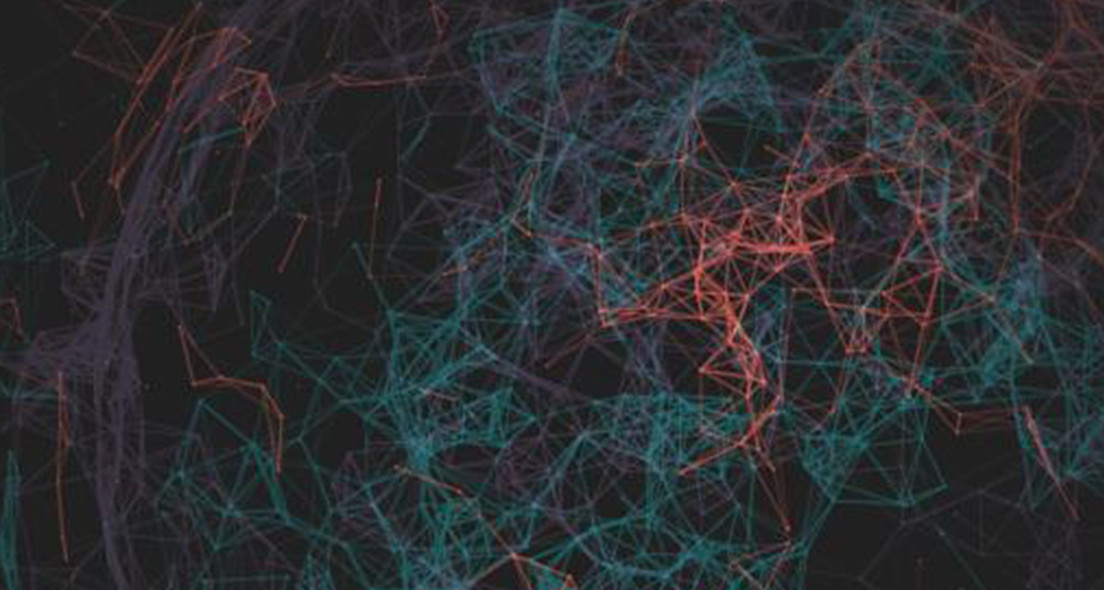
The mission of the NYC applied machine learning team is to establish and improve the quality, relevance, and richness of LinkedIn’s Economic Graph data, with the aim of creating economic opportunity for LinkedIn members. For example, some of the challenges we tackle are: how to help sales professionals prospect for people (leads) and companies (accounts); how to help people write good resumes; how to identify merger-and-acquisitions, funding events from text and use them to help recruiting and sales professionals do a better job.
In short, we turn LinkedIn business needs into data-driven machine learning problems. They can be broadly categorized as the following groups:
- Information extraction:
LinkedIn products require an understanding of the activities of members and organizations. e.g., when a member makes a career move; when a company is involved in a merger-and-acquisition event, or a start-up received funding. Towards this goal, we ingest timely news reports or RSS feeds, and extract these events with many state-of-the-art machine learning methods such as deep-learning-based sequence labeling and conditional-random-fields. Though information extraction is a classical natural language processing (NLP) research problem, we do it with the very practical goal that the output can be directly deployed in LinkedIn products and is beneficial to LinkedIn users.
- Entity resolution:
Associating mentions of people and organizations with their canonical LinkedIn id is a very useful application at LinkedIn. We explore both unsupervised and supervised learning techniques to find the best solution for this task.
- Recommendation systems (ranking):
For example, the LinkedIn Resume Assistant helps MS Word users write better resumes by showing them examples of well written work experiences other people have written for similar positions. The role of our team was to train a model to select the best work experiences, from millions of examples, to surface in the product. In this ranking task, the goal was to rank work experience snippets, such that the most well-written, appropriate snippets, and those were ranked at the top of the list. We also work on feed ranking tasks, in particular for Linkedin Company pages.
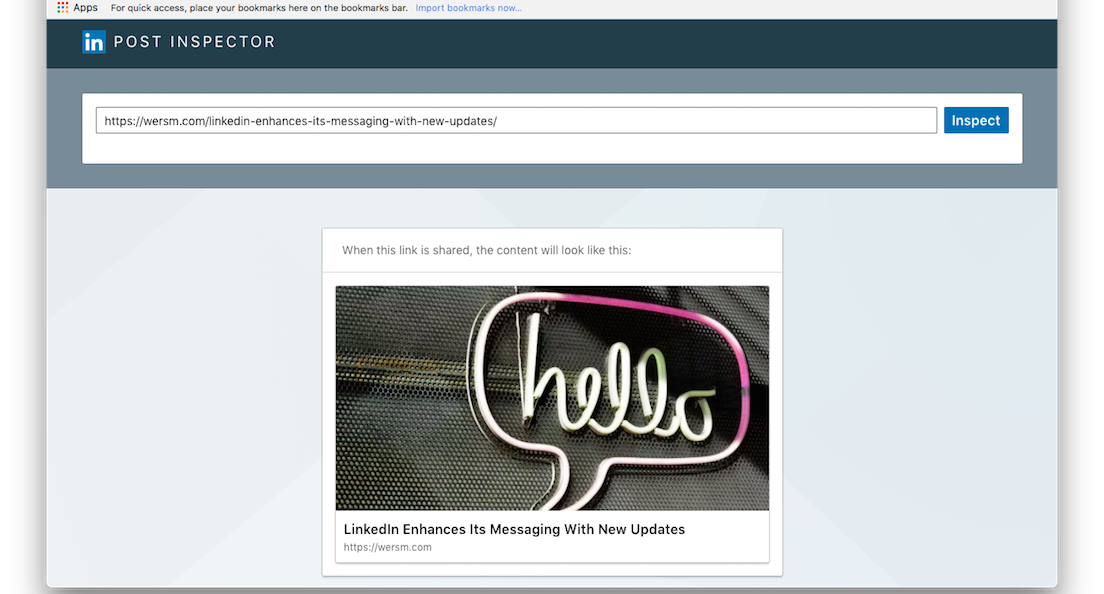
The mission of the content ingestion team is to facilitate content sharing by extracting and storing content metadata quickly, reliably, and consistently.
- Content ingestion is the source of truth at LinkedIn for 3rd party content. Services such as sharing and publishing call our service to retrieve metadata about a URL, such as the title of the article and the thumbnail image.
- The data collected by content ingestion is also used to drive content understanding and relevance, providing our downstream systems with information about all of the content being shared on LinkedIn so they can figure out which members would be most interested in which links.
- The URLs either come from members sharing links with each other or from online news feeds that we follow to keep abreast with the latest news being published online.
Content ingestion supports Post Inspector, an online tool that any member can use to check and troubleshoot how a URL appears when shared on LinkedIn.

The LinkedIn Marketing Solutions (LMS) team in New York currently consists of a subset of teams, including Sponsored Video Ads and Direct Sponsored Content. These teams work closely with the larger LMS engineering teams in the Bay Area to align with LMS’s vision to provide a world-class advertisement platform that creates meaningful, engaging, and related sponsored ad formats to connect businesses and individuals.
The Sponsored Video Ads team is focused on initiatives surrounding sponsored video advertisements in the feed, allowing our advertisers to create diverse, beautiful, and meaningful content, and then target that content to LinkedIn's members to maximize engagement and bring in revenue. By doing this, we can help drive the LinkedIn business forward while also delivering our members highly relevant and actionable information.
Engineering problems we tackle include ad serving, relevance and targeting, ad recommendations, lead generation, creative engagement, performance tracking metrics, API externalizations, UI for campaign management tools, and more.
The Direct Sponsored Content team gives advertisers the tools for sponsoring content on the news feed without publishing it on the company page. This allows advertisements to optimize their reach, sharing the right message with a specific audience. This provides ad personalizations that increase consumer engagement for a more seamless ad experience.
For more about LinkedIn Marketing Solutions, please visit our page.
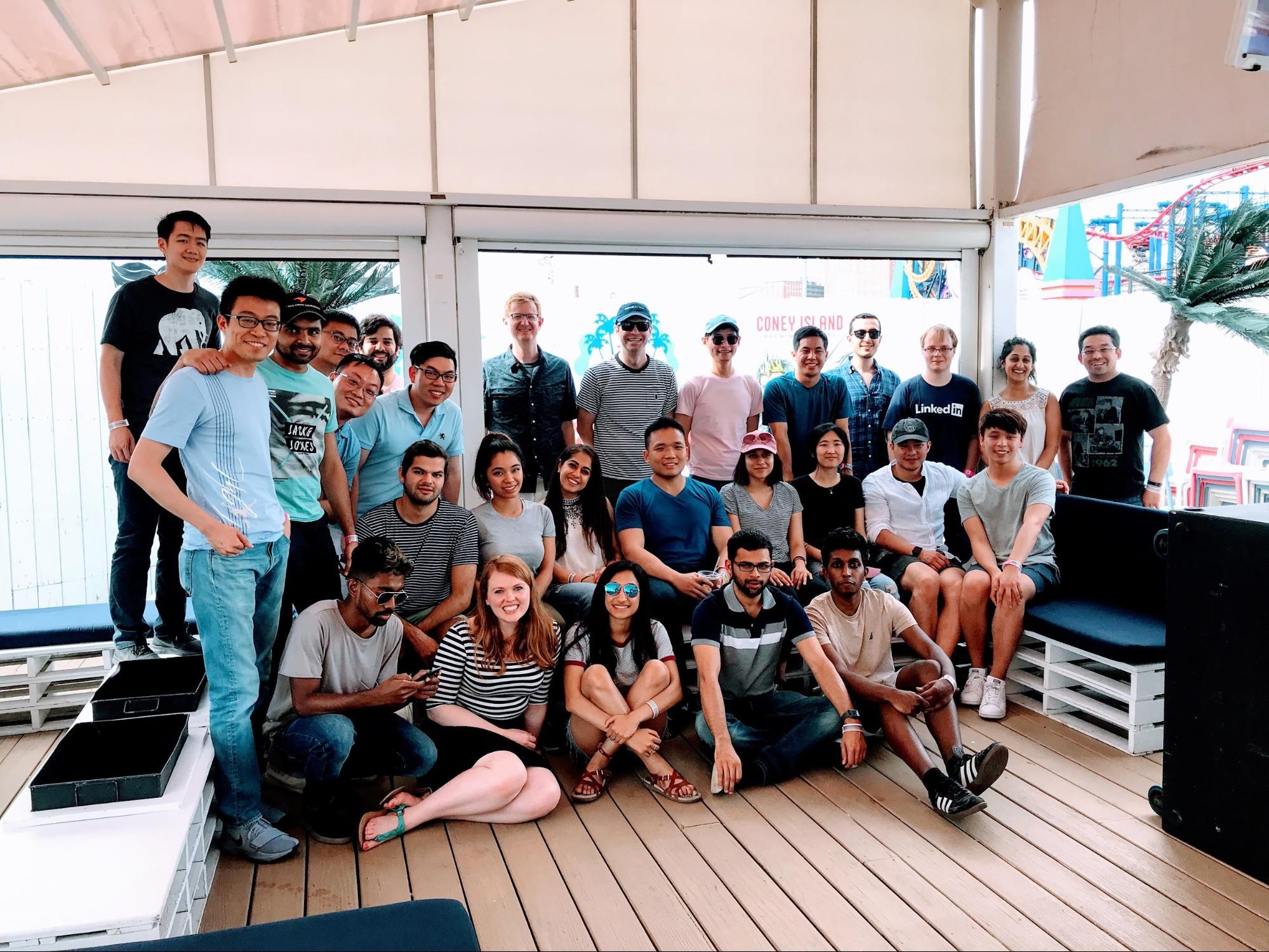
Every day, millions of LinkedIn members have conversations about their work, career, and interests. The Video team at LinkedIn builds rich media experiences across all consumer clients – iOS, Android, and Web – to enable an active community of professionals to see and share their professional lives.
The team is organized by platform: iOS, Android, Web, and Backend. Engineers from these four platforms function in tracks with the following focus areas:
- Infrastructure:
Our team constantly explores ways to improve the speed and quality of capturing, uploading, and viewing media. We’ve built a custom camera on our mobile platforms so we can fine-tune every aspect of the video and photo capturing experience. We invest in our media creation infrastructure from client-side transcoding, upload infrastructure to the time the media is available in the feed for all members to view. We monitor our performance and ship improvements to ensure media upload and playback is smooth for our members by drilling into metrics such as time to start, rebuffering ratio, average bitrate, and transcode time. Additionally, we work with teams across the world to help integrate video into various product areas within LinkedIn.
- Product:
Creative Tools: Every day we see great examples of LinkedIn members using video to connect with their work communities in new and creative ways. In this track, we focus on initiatives that enhance the media creation on iOS, Android, and Web by enabling members to add text with different styles, location information, event stickers, etc. onto their media. See how members are using these features to tell their stories here.
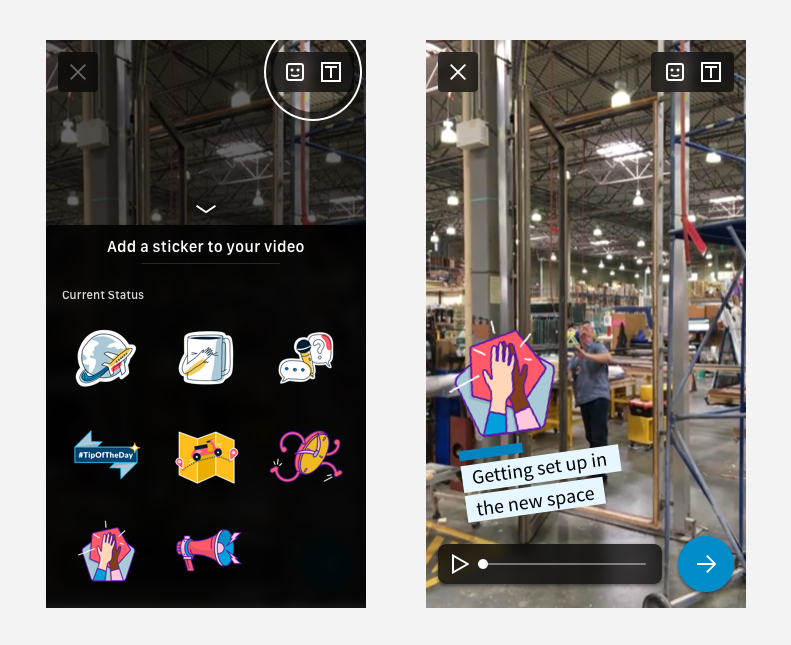
- Community Video:
The goal of building Community Video is to empower media creation and consumption around communities. We want to encourage people with common work interests to engage in conversation by contributing video. Working with our design and product teams, the iOS, Android, and Web platforms are building custom delightful user experiences. The Video Backend team leverages technologies like the Kafka message queue and Espresso database to build the service that powers community video playlists and the recommendation service for showing relevant stickers, hashtags, etc.
- Video Pros:
In this track, we focus on building advanced features like captions, thumbnail, viewer analytics, etc for power users. The analytics team works on online and offline Samza flows to power our creators’ analytics dashboard.
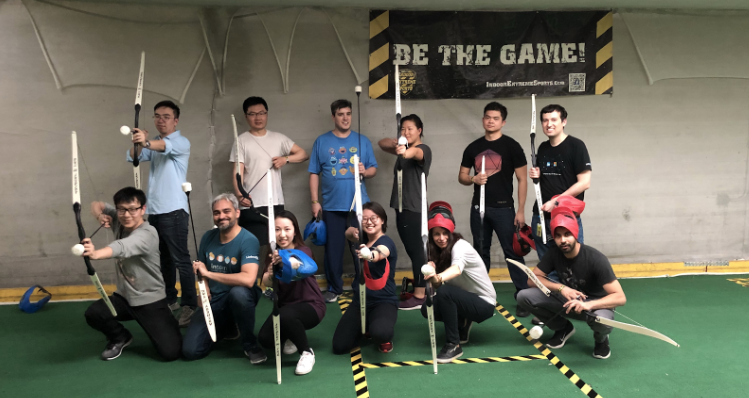
GaaP, which stands for Gateway as a Platform, is the LinkedIn solution used by internal services to access third party providers. GaaP’s mission is to "restlify" the internet, so that LinkedIn services can communicate with external providers just like they do with other internal services.
With GaaP, services integrating with outside resources enjoy the following advantages:
- Decoupling: GaaP separates business logic from provider interactions.
- Leverage: With GaaP as a central platform, we are able to reuse authentication logic.
- Security: We can restrict outbound access to unauthorized domains.
- Operational ease: With centralized credential ownership, it is easier to add, use, and rotate API keys.
- Tracking: GaaP offers inGraphs, which are analytics dashboards, to keep track of successes and failures.
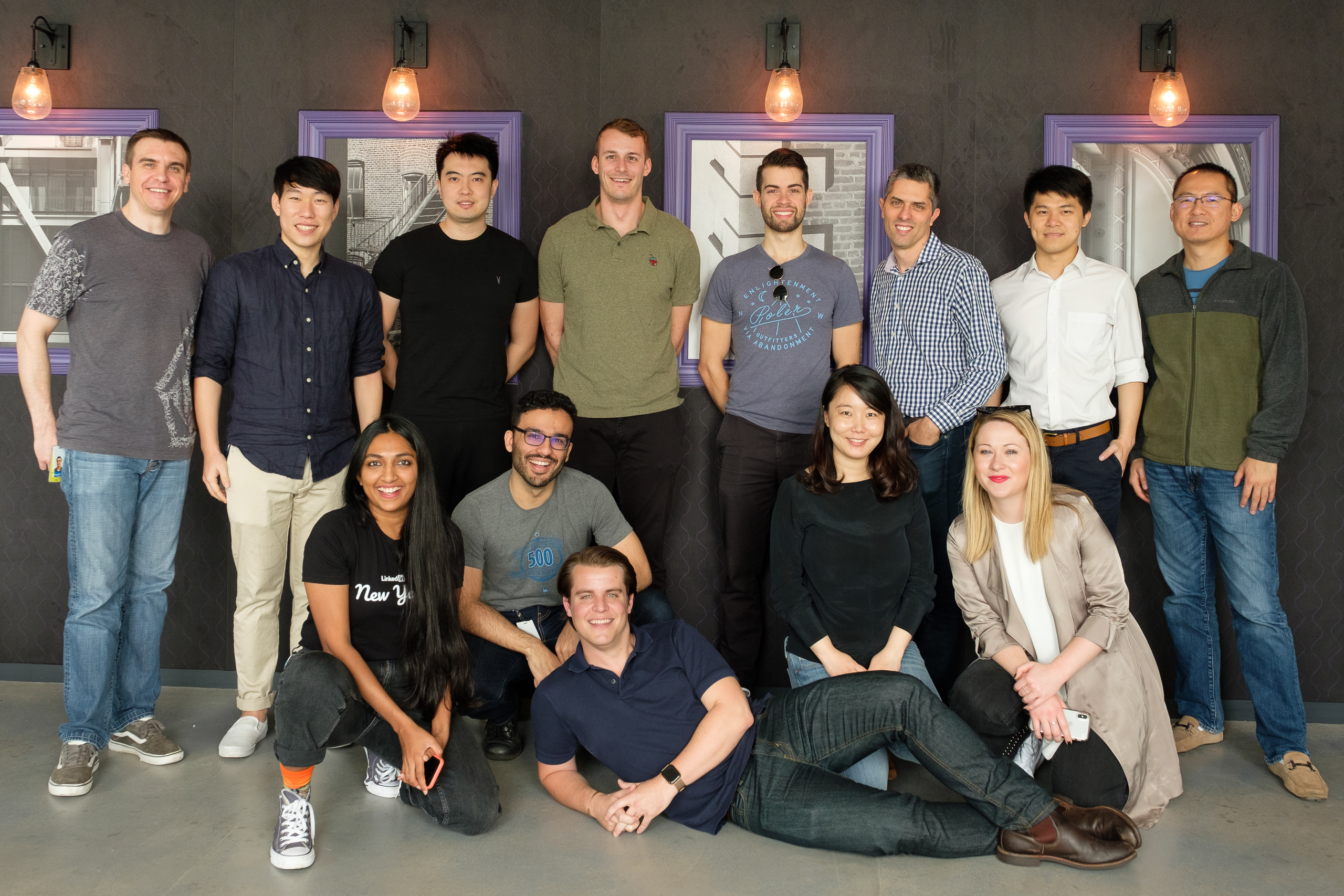
LinkedIn serves an integral role in the professional world: to spark and nurture conversations that connect people to opportunity. Every day on LinkedIn, members share millions of posts and videos and hundreds of thousands of articles; in each, our members ask advice, talk about how they do what they do, or discuss what they see coming next. The News and Editorial Voice team is tasked with building features and tools to ignite those conversations.
This team leverages the work of LinkedIn’s editorial staff to spark quality, relevant conversations within the professional sphere. The team was founded in 2014 with a relatively narrow focus: to measure dimensions of engagement on first-party content in service of a framework wherein editors could have a clear understanding of which content they should promote and why.
Both the scope and size of our team have since grown into developing first-class, in-product use cases. These products bring users and editors into the same room, with the two working together to ignite dialogue on important professional news, trends, and issues.
We focus on a virtuous cycle wherein editors:
- Cultivate quality perspectives from our members via original production, organic discovery with LinkedIn search, or outreach at massive scale.
- Curate the news and views that our members need to stay informed and contribute to the conversation.
- Measure the efficacy of editorial actions on member attitudes, conversationality, and site engagement to refine their workflows.
To facilitate this cycle, the engineers working on the News and Editorial Voice team actively maintain multiple products and services. Chief among these are the following:
- Bowtie:
A content management system leveraged internally by LinkedIn’s editors. Editors use Bowtie to promote content into LinkedIn feeds, send breaking news alerts, distribute to the Daily Rundown, reach out to members at scale, and manage other editorial products and integrations.
- Daily Rundown:
An originally-produced newsletter that highlights important topics for our members. The Rundown began as a US-only product; the team has since grown to 12 international markets and scaled it to over 60 million global daily recipients.
- Storylines:
Specially-branded topical news feeds dedicated to news items of import. Storylines are manually created and curated by editors and are staffed around-the-clock. Our team develops both the client-side user experience on web and mobile in addition to maintaining the backend infrastructure for Storylines.
- Breaking News Alerts:
A mechanism through which editors are able to send push notifications on breaking news to millions of members in near-real time.
- Insights and Reports:
A collaborative effort between our developers, data scientists, and editorial team to analyze and report on the LinkedIn Economic Graph. Examples of such reports include our Top Voices and Top Companies lists.
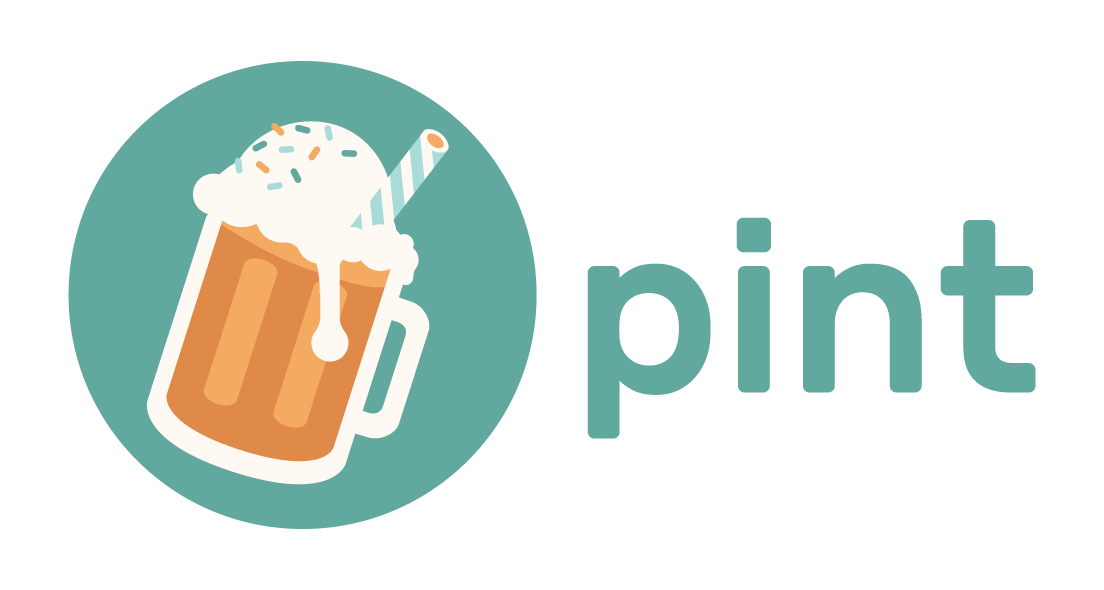
The vision of the Personalized INTelligence team (aka PINT) is to create online professional communities for every member of the global workforce. Our mission is to bring our members’ most active professional accounts to life on LinkedIn.
PINT is part of the larger Network Growth team at LinkedIn. The mission of the Network Growth team is to connect our members to the communities that matter most to them professionally.
In order to accomplish our mission and vision, the PINT team builds account sync products like address book import, calendar sync, and integrating with Microsoft outlook. We enable members to import a representation of their community (their address book contacts, people they’re meeting with, people they collaborate with at work, etc.), and we use that data to help form connections, interact on LinkedIn with the people that matter most to them, and improve the relevance of their feed, notifications, and search.
Syncing Contacts
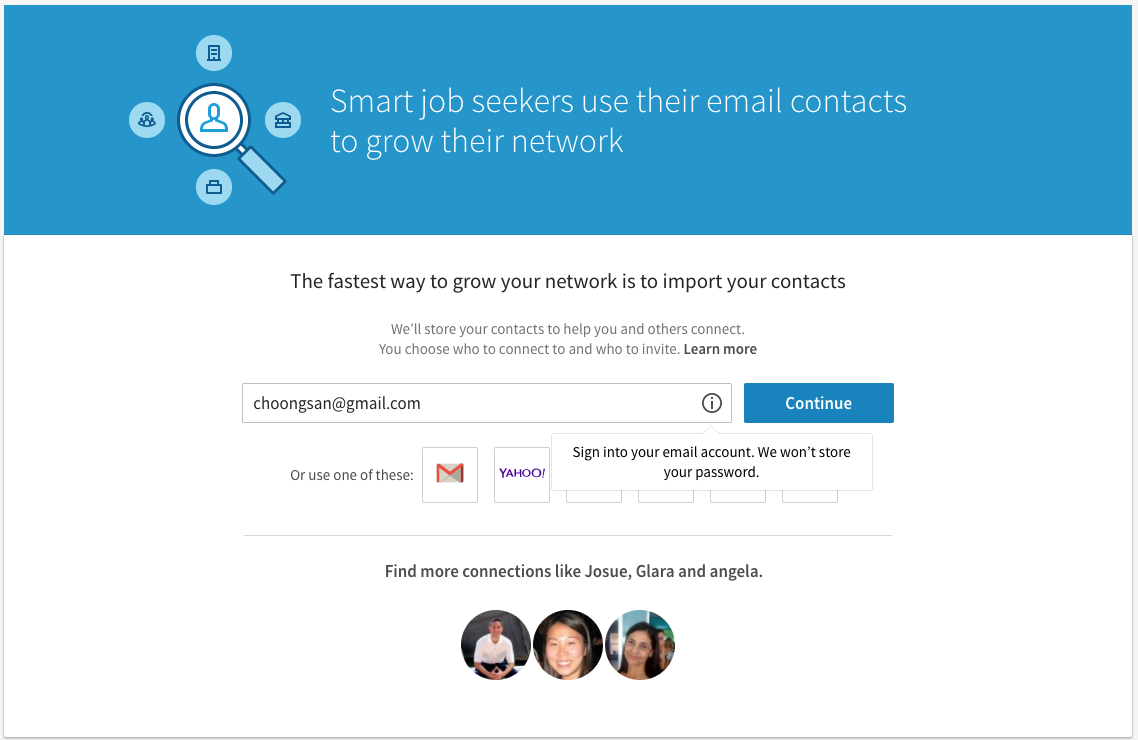
Recommending Connections
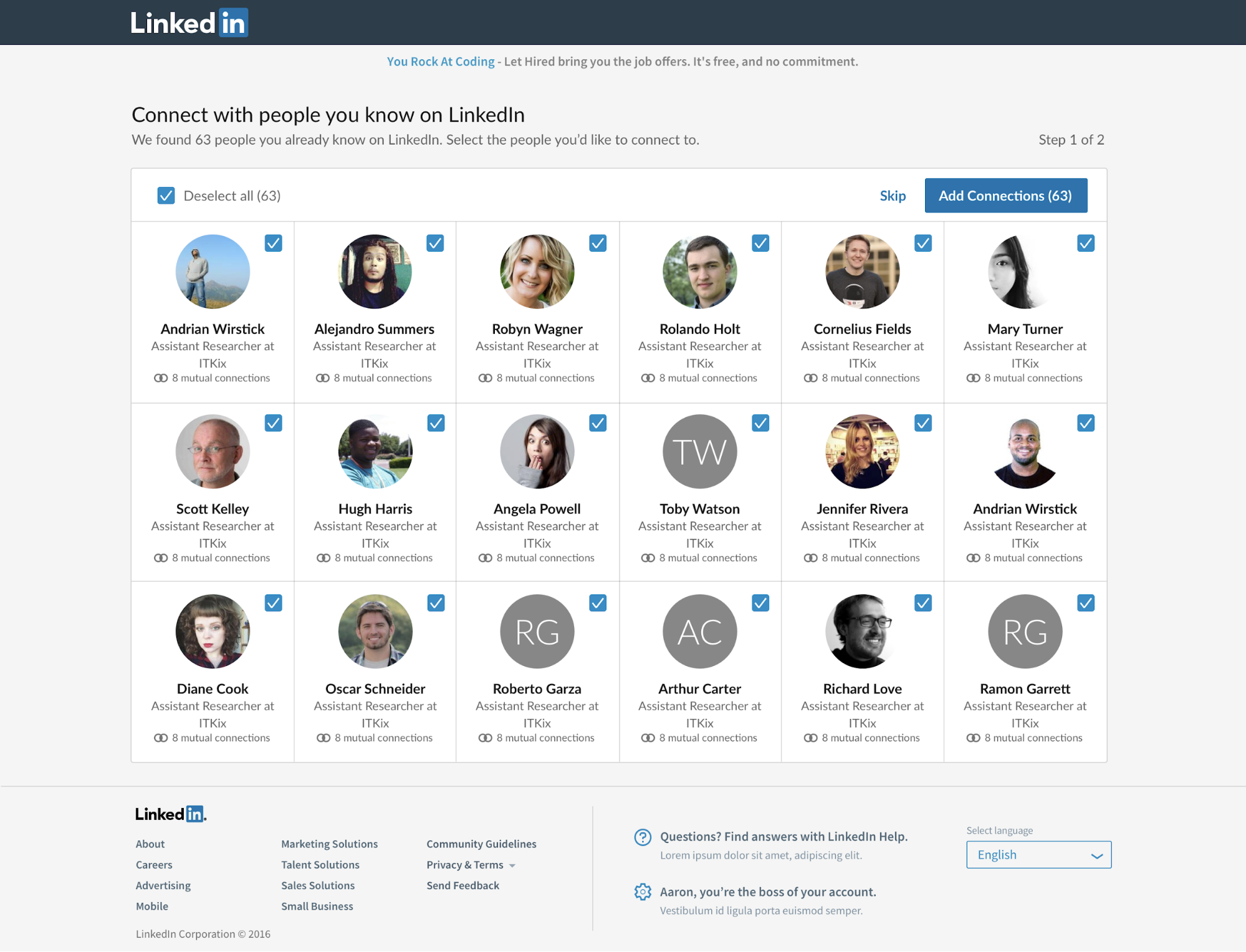
The contacts & calendar data that we validate & store is used for a variety of online & offline use cases:
- Connecting to people you may know
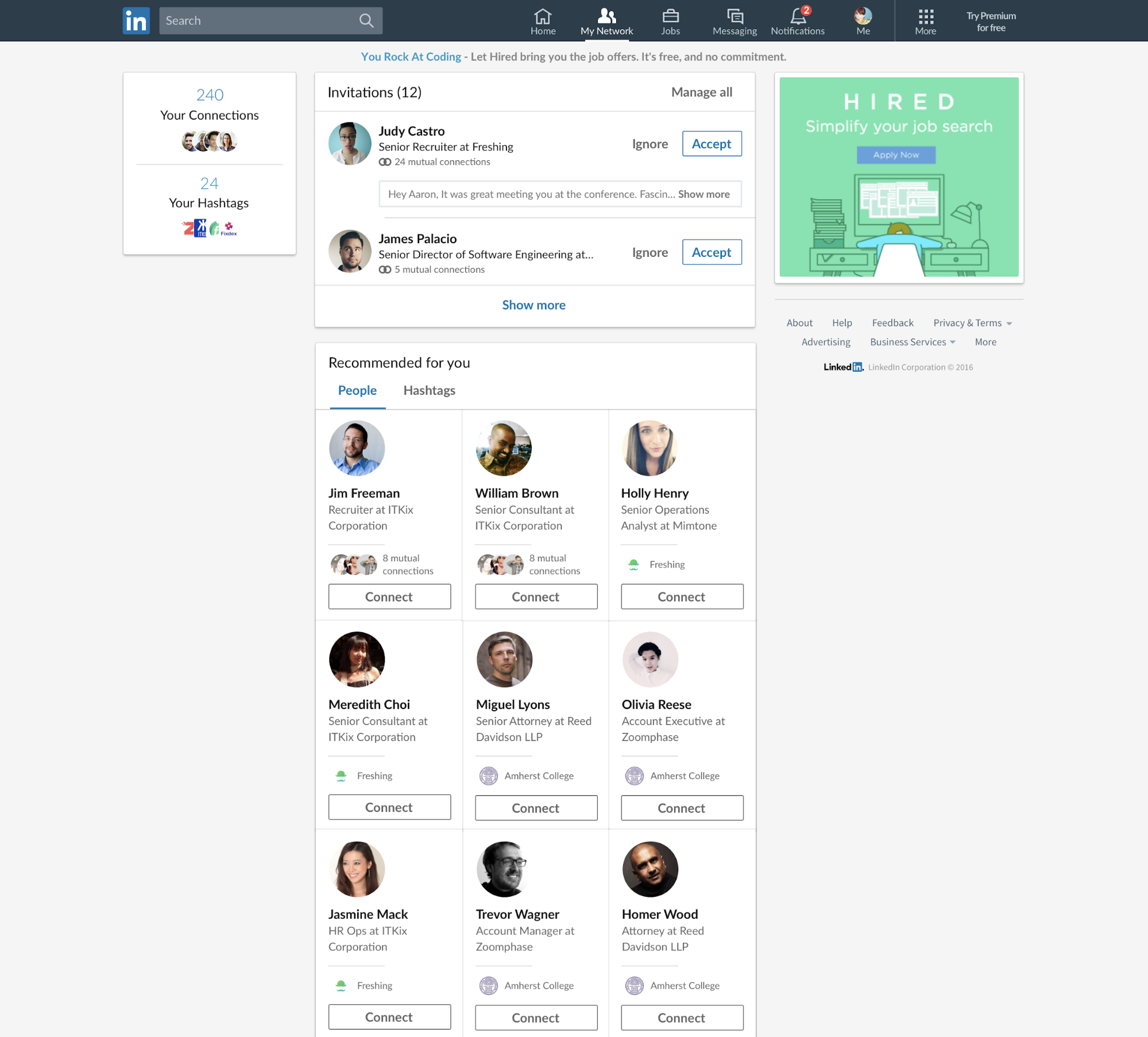
- Encouraging contact invitations
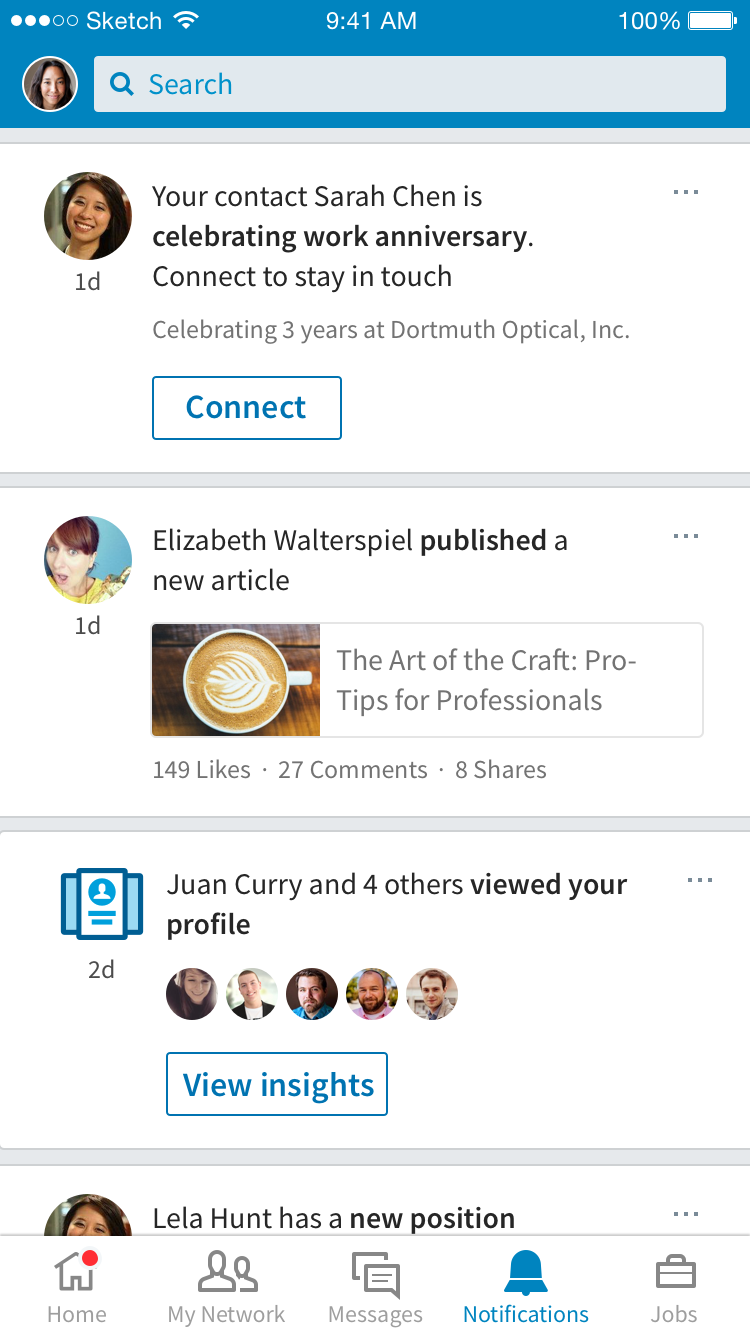
- Notifying the user on calendar meetings with other LinkedIn members

The NYC-based Site Reliability Engineering (SRE) team is responsible for production incidents, managing capacity, identifying bottlenecks in services, and building tooling to help debug and diagnose production issues.
We support most New York-based teams: Video, Content Ingestion, GaaP, Editorial Voice, and PINT. We have embedded SREs in each of these teams that help promote operational excellence and resiliency of services.
On top of providing operational support, we have built several tools to aid in the troubleshooting process and help keep services healthy in production. One such contribution is the Video CLI, which was built to help engineers investigate individual videos across the entire stack. It can query the state of media items from all relevant services, which is a huge help when debugging playback issues.
Another significant contribution from our team is Scattershot, a distributed log indexing service that allows engineers to search logs across all of their applications and live stream log entries, with minimal onboarding effort. The project stemmed out of the operational burden involved in running ELK clusters, and feedback from developers has been very positive so far.
Our team is constantly looking for new ways to improve our stack, and we collaborate and build relationships with developers on a daily basis.
